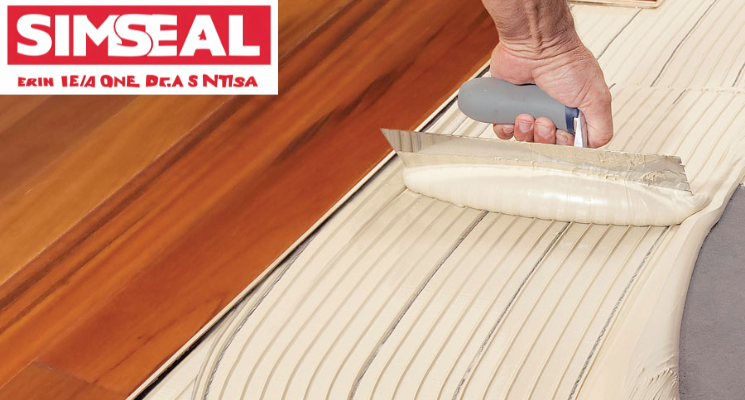Flooring Adhesives: A Guide to Choosing and Applying
When it comes to installing new flooring, choosing the right adhesive is crucial for a long-lasting and durable finish. Flooring adhesives secure the flooring material to the subfloor, ensuring stability and longevity. This guide will help you understand the different types of flooring adhesives, their benefits, and how to apply them properly for the best results.
Why Flooring Adhesives Matter
Using the correct flooring adhesive is essential for several reasons:
- Stability: Proper adhesion prevents movement and shifting of the flooring.
- Durability: The right adhesive extends the lifespan of your flooring.
- Appearance: Ensures a smooth and even finish without gaps or bubbles.
- Safety: Reduces the risk of trip hazards and floor damage.
With various types of adhesives available, it’s important to choose the one that best suits your specific flooring type and installation conditions.
Types of Flooring Adhesives
Acrylic Adhesives
Acrylic adhesives are versatile and commonly used for vinyl, carpet, and linoleum flooring. They offer strong bonding and are resistant to moisture and temperature changes. Acrylic adhesives are easy to apply and clean up with water.
Epoxy Adhesives
Epoxy adhesives provide excellent strength and durability, making them ideal for heavy-duty applications like commercial spaces and high-traffic areas. They are resistant to chemicals and moisture, making them suitable for concrete and stone flooring.
Polyurethane Adhesives
Polyurethane adhesives are known for their flexibility and strong bonding capabilities. They work well with hardwood, laminate, and engineered wood flooring. Polyurethane adhesives can handle slight movements in the flooring, reducing the risk of cracks or separations.
Choosing the Right Flooring Adhesive
When selecting a flooring adhesive, consider the following factors:
Type of Flooring
Different flooring materials require specific adhesives for optimal performance. For example, hardwood may need polyurethane adhesive, while vinyl flooring is often installed with acrylic adhesive.
Subfloor Condition
The condition and type of subfloor (e.g., concrete, plywood, or existing flooring) influence the choice of adhesive. Ensure the adhesive is compatible with the subfloor material.
Environmental Conditions
Consider the room’s humidity, temperature, and exposure to moisture. Some adhesives are better suited for damp areas, while others are designed for dry conditions.
Ease of Application
Some adhesives require mixing or specific tools for application. Choose an adhesive that matches your skill level and available equipment.
How to Apply Flooring Adhesives
Proper application of flooring adhesives is essential for a successful installation. Follow these steps for best results:
Prepare the Subfloor
Ensure the subfloor is clean, dry, and free of debris. Any imperfections should be repaired before applying the adhesive.
Read the Instructions
Each adhesive comes with manufacturer instructions. Read these carefully to understand the application process, drying times, and any special requirements.
Apply the Adhesive
Use the recommended trowel or applicator to spread the adhesive evenly over the subfloor. Work in small sections to prevent the adhesive from drying out before the flooring is laid.
Lay the Flooring
Carefully place the flooring material onto the adhesive. For pressure-sensitive adhesives, ensure proper alignment before pressing down. For other adhesives, apply consistent pressure to secure the flooring in place.
Allow to Cure
Follow the manufacturer’s guidelines for curing times. Avoid walking on the floor until the adhesive has fully set to ensure a strong bond.
Conclusion
Choosing and applying the right flooring adhesive is key to achieving a durable, attractive, and safe flooring installation. By understanding the types of adhesives and following proper application techniques, you can ensure your flooring project is a success. Whether you’re working with vinyl, hardwood, or carpet tiles, the right adhesive makes all the difference.


Recent Comments